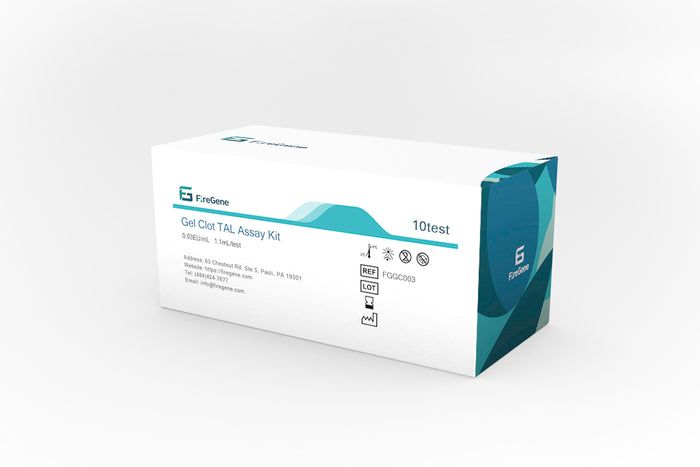
# Endotoxin Testing with Gel-Clot Reagents: Principles and Applications
## Introduction to Gel-Clot Endotoxin Reagents
Gel-clot endotoxin reagents are a fundamental tool in pharmaceutical and medical device industries for detecting bacterial endotoxins. These reagents form the basis of one of the oldest and most reliable methods for endotoxin testing, known as the gel-clot technique. The method is widely recognized for its simplicity, specificity, and compliance with international pharmacopeial standards.
## The Principle Behind Gel-Clot Testing
The gel-clot method operates on a simple biological principle: the reaction between endotoxins and a clotting enzyme present in the blood of the horseshoe crab (Limulus polyphemus or Tachypleus tridentatus). This reaction causes the formation of a gel-clot when endotoxins are present in the test sample.
The process involves three key components:
1. Limulus Amebocyte Lysate (LAL) – the primary reagent derived from horseshoe crab blood
2. The test sample potentially containing endotoxins
3. Appropriate controls for validation
## Step-by-Step Testing Procedure
Sample Preparation
Proper sample preparation is crucial for accurate results. Samples must be free of interfering factors that might inhibit or enhance the clotting reaction.
Reagent Reconstitution
Lyophilized LAL reagent is reconstituted with endotoxin-free water according to manufacturer instructions. The reagent must be used within its specified stability period after reconstitution.
Incubation
The test sample is mixed with the LAL reagent and incubated at 37°C ± 1°C for a specified time period (typically 60 minutes).
Result Interpretation
After incubation, the tube is inverted 180 degrees. Formation of a firm gel that remains intact indicates a positive result (endotoxin present). Liquid that flows freely indicates a negative result.
## Applications in Various Industries
Pharmaceutical Manufacturing
Gel-clot testing is extensively used for:
- Quality control of parenteral drugs
- Water for injection testing
- Raw material screening
Medical Device Industry
Medical device manufacturers rely on gel-clot testing to:
- Validate sterilization processes
- Ensure device biocompatibility
- Meet regulatory requirements
Research and Development
Research laboratories utilize gel-clot reagents for:
- Endotoxin detection in novel formulations
- Method development studies
- Comparative analyses with other endotoxin detection methods
## Advantages of Gel-Clot Method
The gel-clot technique offers several benefits:
- Simplicity: Requires minimal equipment and training
- Cost-effectiveness: Lower per-test cost compared to some alternative methods
- Specificity: Highly specific for endotoxins
- Regulatory acceptance: Complies with USP, EP, and JP requirements
## Limitations and Considerations
While highly valuable, the gel-clot method has some limitations:
- Subjective endpoint determination
- Lower sensitivity compared to chromogenic or turbidimetric methods
- Potential for false positives due to environmental contamination
- Requirement for strict temperature control
## Regulatory Compliance and Standards
Keyword: Gel-Clot Endotoxin Reagents
Gel-clot endotoxin testing must comply with various international standards:
- United States